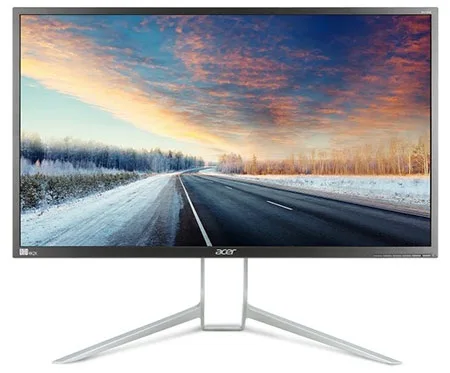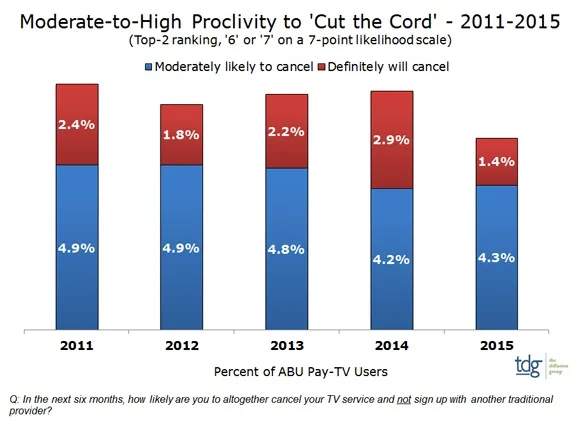TechniSat Brings UltraHD to the Home
TechniSat is now selling an UltraHD STB in Germany, which can decode HEVC signals. The Digit Isio STC+ is also able to play UltraHD content at 60fps through HDMI, and supports HDCP 2.2. It also includes a triple tuner, supporting DVB-T2/C/S/S2 signals. It can be purchased for €320 ex VAT.











